Alzheimer’s Big Break: Donanemab Slows Progression by 35%

Last Updated on June 30, 2025 by Julian Espinosa
After decades of limited progress in Alzheimer’s treatment, 2024 brought groundbreaking news that has transformed hope into reality. The FDA officially approved donanemab (brand name Kisunla) in July 2024, marking only the second drug ever to receive traditional approval for actually changing the course of Alzheimer’s disease, not just masking symptoms.
This remarkable breakthrough stems from a global clinical trial involving 1,700 participants that demonstrated donanemab’s ability to slow cognitive decline by 35% in people with early-stage Alzheimer’s. What makes this particularly exciting for families facing this diagnosis is that nearly half of the participants in the earliest stages showed no clinical progression after one year of treatment.
The drug works by targeting and clearing amyloid plaques from the brain—those protein clumps that researchers believe contribute significantly to Alzheimer’s development. While donanemab doesn’t cure the disease, it offers something families haven’t had before: meaningful time. The treatment can slow progression equivalent to about seven and a half months compared to no treatment.
Of course, this medical advancement comes with important considerations including cost, accessibility, and potential side effects that need careful discussion with healthcare providers. The monthly infusions require specialized medical facilities, and not everyone will be a candidate for treatment.
For seniors and their families who have watched this devastating disease affect their loved ones, donanemab represents more than just a new medication—it’s the first real evidence that Alzheimer’s progression can be meaningfully slowed, opening the door to more breakthroughs ahead.
Everything You Need To Know About Alzheimer’s
The phrase “there’s nothing we can do” has haunted Alzheimer’s diagnosis conversations for far too long. But 2024 changed everything. On July 2nd, the FDA granted full approval to donanemab (marketed as Kisunla), making it only the second drug in history to receive traditional approval for actually slowing Alzheimer’s progression—not just treating symptoms.
For millions of seniors and their families who have felt helpless against this disease, this approval represents a fundamental shift from managing decline to actively fighting it.
Prefer to listen rather than read?
Alzheimer’s disease is a condition that gradually damages the brain and nerves. It is the primary reason behind dementia in older adults. It gradually erodes memory, thinking, and cognitive skills, severely limiting a person’s ability to perform everyday tasks.
The disease slowly interferes with communication, logical thinking, and behavior. It significantly reduces the affected individual’s overall quality of life.
The Remarkable Clinical Trial Results
The numbers from the global TRAILBLAZER-ALZ 2 trial tell a compelling story of hope:
Overall Impact:
- 35% reduction in cognitive decline compared to placebo
- 1,700 participants across multiple countries, including 16 Australians
- 22% slowdown in disease progression at the 18-month mark
Most Encouraging Results:
- 47% of participants receiving donanemab showed no clinical progression after one year
- Only 29% of those receiving placebo had similar stability
- Participants in the earliest stages of disease experienced up to 60% slowing of decline
Amyloid Clearance Success:
- 78% of participants achieved amyloid-negative status (meaning plaques were cleared to undetectable levels)
- The drug’s effects were equivalent to gaining approximately 7.5 months compared to no treatment
These aren’t just statistics—they represent birthdays, anniversaries, and precious moments that families get to share with their loved ones.
Understanding Memory: Memory Types and How They Work
To appreciate why donanemab’s success matters so much, it helps to understand how memory works and what Alzheimer’s takes away.
Your Memory System Has Three Levels:
- Sensory Memory captures immediate impressions—like the lingering image after lightning flashes or the echo of your grandchild’s laughter. This briefest form of memory lasts only seconds but helps us process the world around us.
- Short-Term Memory serves as your mental notepad, holding information for about 20 seconds while you decide what’s important enough to remember longer. When you read the beginning of this sentence and understand its end, that’s short-term memory at work.
- Long-Term Memory functions like your mind’s vast library, storing everything from your wedding day to how to ride a bicycle. This remarkable system has nearly unlimited capacity and can preserve information for decades.
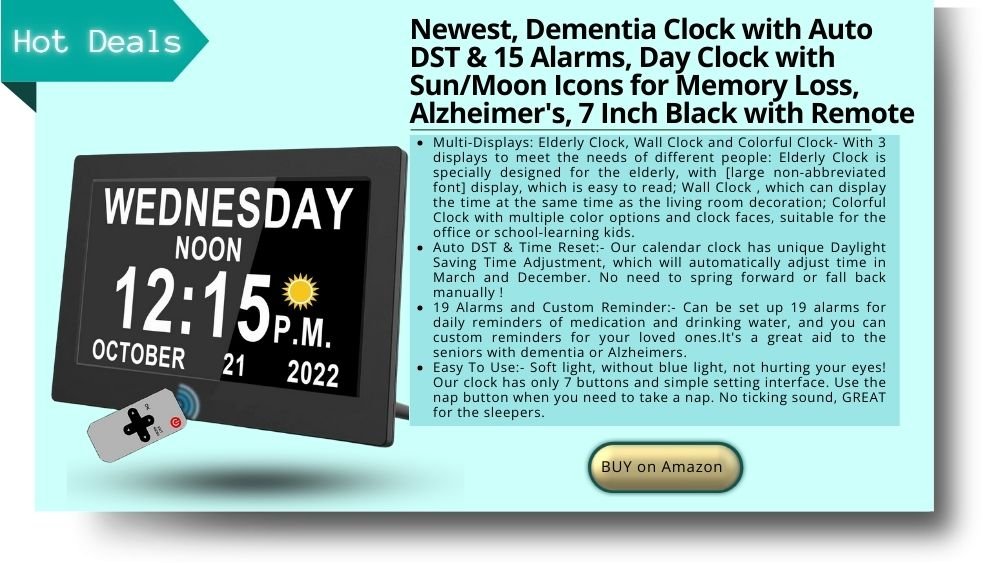
Alzheimer’s gradually damages this intricate system, starting with short-term memory and eventually affecting long-term memories that define who we are. The disease doesn’t just take away facts—it steals the stories that make life meaningful.
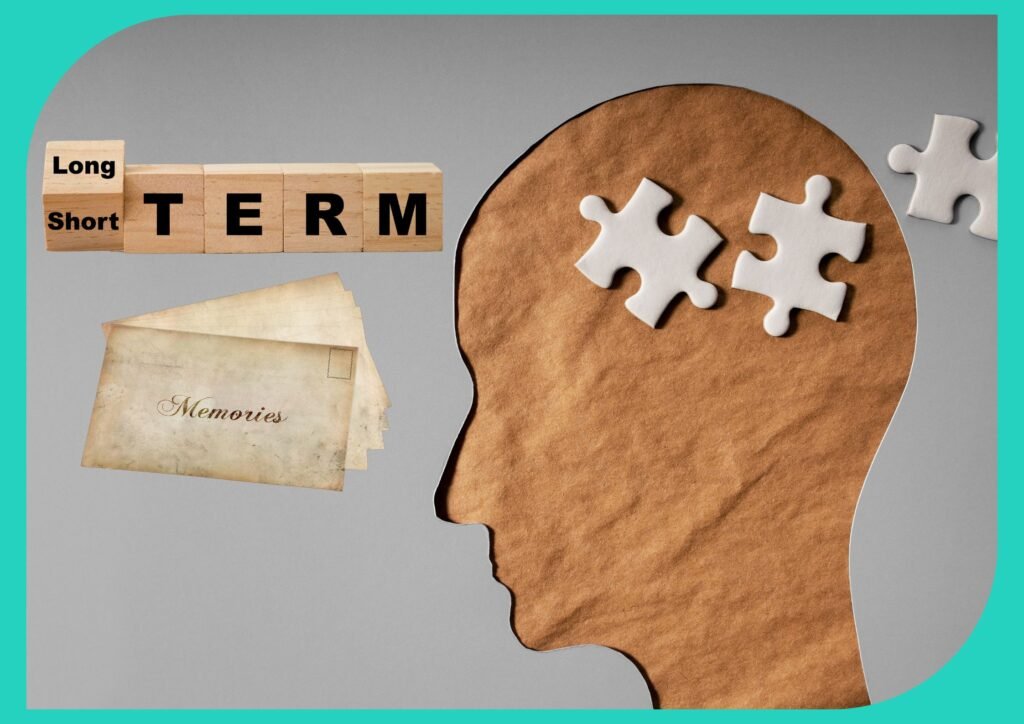
Understanding these memory types is crucial for grasping how our minds operate and the detailed mechanics behind memory loss and conditions such as Alzheimer’s disease.
Long-term memory has nearly limitless storage. It’s where all your knowledge is stored, from the smallest details of personal events to complex scientific concepts. Your long-term memory is working right now. It will help you remember this type of memory.
In essence, our memory system is a remarkable cognitive tool. It effortlessly manages vast amounts of information, enabling us to learn, navigate the world, and shape our individual identities.
The Degeneration of Memory: Causes and Stages of Memory Loss
Memory loss is more than just forgetting where you left your keys. Memory loss is a sign your brain not working as it should. This decline is important since it affects learning, reasoning, and everyday living.
Age-Related Memory Loss: The Normal Aging Process
Experiencing some memory lapses is a normal part of aging. As we grow older, changes in the brain can affect its function. It leads to moments of forgetfulness.
You might notice it takes longer to pick up new skills, or you might forget names or appointments. While frustrating, these instances are generally not a serious concern and can often be lessened with mental and physical exercises.
Medical Conditions: Underlying Health Issues
Various medical conditions can impact memory and cognitive function. Conditions such as depression, thyroid abnormalities, vitamin deficiencies, and kidney or liver disorders can all contribute to memory problems. In most cases, managing the underlying condition effectively can alleviate memory issues.
Traumatic Brain Injury: The Impact of Accidents
Accidents or severe falls can cause traumatic brain injuries. The impact of this loss depends largely on the injury’s severity and location. Post-Traumatic Amnesia (PTA) is often seen after a brain injury. During PTA, individuals may temporarily lose memory and cognitive abilities, impacting their daily lives.

Diagnosis of Alzheimer’s Disease: Assessing Memory Loss
Diagnosing Alzheimer’s requires thorough evaluation to rule out other conditions that can cause similar symptoms. Healthcare providers use a comprehensive approach:
- Medical History Review: Your doctor will explore past health conditions, current medications, family history of dementia, dietary habits, social activities, and potential toxin exposure. This detailed picture helps identify contributing factors and rule out other causes.
- Physical and Neurological Examination: Blood pressure, heart rate, reflexes, coordination, and other physical signs help doctors assess overall health and identify conditions that might affect cognitive function.
- Cognitive Testing: Tools like the Mini-Mental State Examination (MMSE) or Montreal Cognitive Assessment (MoCA) evaluate memory, attention, problem-solving, and other mental abilities, providing a baseline for monitoring changes over time.
- Laboratory Tests: Blood work can identify treatable conditions like vitamin B-12 deficiency or thyroid problems that sometimes cause memory problems similar to Alzheimer’s.
- Brain Imaging: CT scans, MRI, or specialized PET scans can detect brain changes, rule out other conditions, and identify the amyloid plaques that donanemab targets.
- Genetic Testing: While not routinely performed, genetic markers might be considered when there’s a strong family history of Alzheimer’s.
This comprehensive approach ensures accurate diagnosis and helps determine whether treatments like donanemab might be appropriate.
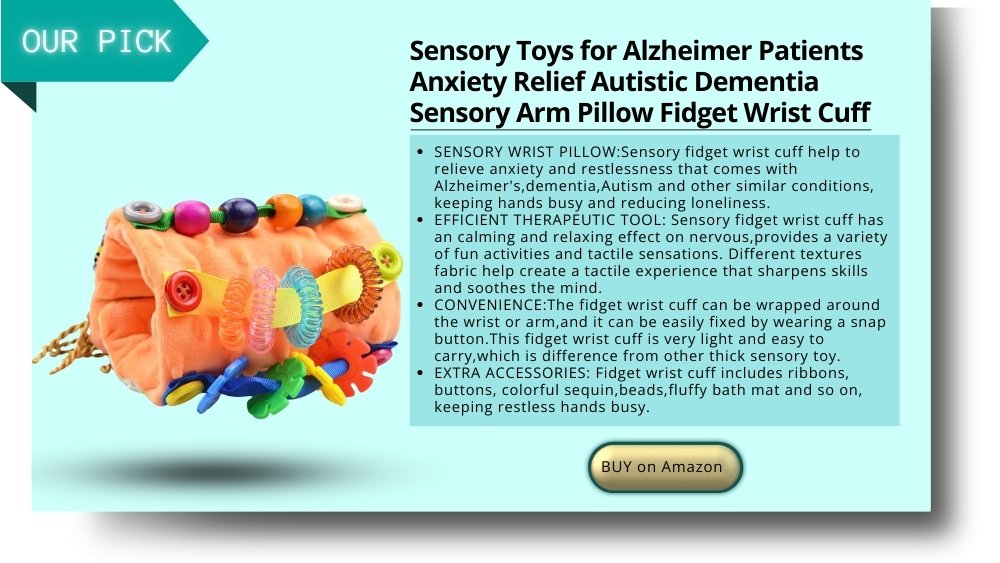
How Donanemab Works: Targeting the Root of the Problem
Donanemab belongs to a class of drugs called monoclonal antibodies—essentially, highly specialized immune system soldiers trained to recognize and attack specific targets. In this case, the target is amyloid plaques.
Here’s how the process works:
- Recognition: Donanemab circulates through the bloodstream and crosses into the brain, where it identifies amyloid plaques
- Binding: The antibody attaches to these harmful protein deposits
- Cleanup: The immune system recognizes the antibody-marked plaques as foreign material and removes them
- Protection: With fewer plaques interfering with brain function, cognitive decline slows significantly
The treatment requires monthly intravenous infusions administered in specialized medical facilities. While this sounds intensive, many participants found the process manageable and worth the potential benefits.

Real Benefits: What Families Can Expect
When researchers talk about “slowing progression by 35%,” what does that mean for daily life?
Practical Improvements Observed:
- Better retention of recently learned information
- Improved ability to handle financial matters
- Enhanced performance on daily activities
- Maintained independence for longer periods
- More meaningful conversations with family members
Timeline of Benefits:
- Some participants noticed improvements within months
- Maximum benefits typically observed around 12-18 months
- Effects appeared to continue throughout the study period
Quality of Life Impact: Families reported that their loved ones remained more like themselves for longer periods, participating in activities and maintaining relationships that might otherwise have been lost.
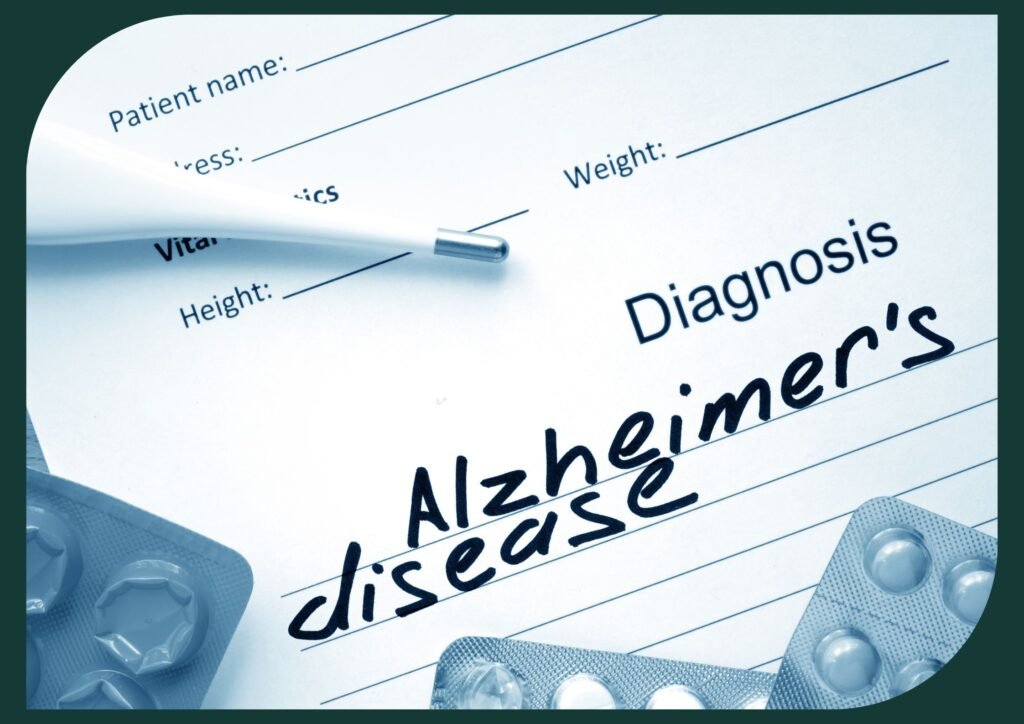
Understanding the Risks: Making Informed Decisions
Like all powerful medications, donanemab carries potential risks that require careful consideration and medical supervision.
Amyloid-Related Imaging Abnormalities (ARIA): The most significant risk involves brain swelling or bleeding, which occurred in about 24% of participants. Most cases were mild and resolved without permanent effects, but this requires regular monitoring through MRI scans.
Other Considerations:
- Infusion reactions (similar to IV medication sensitivities)
- Need for regular medical monitoring
- Not suitable for people with certain medical conditions
- Requires confirmation of amyloid presence through specialized testing
Risk-Benefit Analysis: Given Alzheimer’s devastating progression without treatment, many families and doctors consider these risks acceptable when weighed against potential benefits. However, this decision requires honest discussion with healthcare providers familiar with individual circumstances.
The Cost Challenge: Navigating Financial Realities
Revolutionary treatments often come with significant costs that deserve honest discussion.
Treatment Expenses:
- Donanemab’s exact pricing varies by region and insurance coverage
- Monthly infusions require specialized medical facilities
- Regular monitoring adds to overall costs
- Diagnostic testing (including amyloid PET scans) represents additional expenses
Broader Economic Perspective: Alzheimer’s care currently costs approximately $6-7 billion annually in Australia alone. Effective treatments that delay progression could ultimately reduce these massive healthcare expenditures while improving quality of life.
Insurance and Accessibility: Coverage varies significantly between insurance providers and healthcare systems. Many patients work with patient advocacy programs and social workers to explore coverage options and financial assistance programs.

Infrastructure Needs: Preparing Healthcare Systems
Donanemab’s approval creates new demands on healthcare infrastructure:
Required Resources:
- Increased availability of amyloid PET scans for diagnosis
- Expanded infusion center capacity
- Specialized neurologist access
- Regular MRI monitoring capabilities
- Patient education and support programs
Training Requirements: Healthcare providers need training in recognizing appropriate candidates, managing infusion protocols, monitoring for side effects, and supporting families through treatment decisions.
Who Can Benefit: Determining Candidacy
Donanemab isn’t appropriate for everyone with Alzheimer’s, making proper evaluation essential.
Ideal Candidates:
- Early-stage Alzheimer’s (mild cognitive impairment or mild dementia)
- Confirmed presence of amyloid plaques through specialized testing
- Generally good health aside from Alzheimer’s
- Ability to tolerate monthly infusions
- Strong family support system
Potential Exclusions:
- Advanced Alzheimer’s stages
- Certain medical conditions increasing bleeding risk
- Inability to undergo regular MRI monitoring
- Lack of confirmed amyloid pathology
Your healthcare team can help determine whether donanemab might be appropriate for your specific situation.
Looking Forward: The Future of Alzheimer’s Treatment
Donanemab’s approval represents more than one successful drug—it validates an entire approach to Alzheimer’s treatment and opens doors for future innovations.
Research Pipeline: Multiple other drugs targeting different aspects of Alzheimer’s are in development, including treatments focused on tau protein, inflammation, and neuroprotection.
Combination Therapies: Future treatments may combine approaches, potentially offering even greater benefits than single-drug treatments.
Early Detection Advances: Improved diagnostic tools may identify Alzheimer’s risk years before symptoms appear, allowing earlier intervention when treatments are most effective.
Personalized Medicine: Genetic testing and biomarkers may help doctors choose the most appropriate treatments for individual patients.
Taking Action: Next Steps for Families
If you’re concerned about Alzheimer’s in yourself or a loved one, here are important steps to consider:
Immediate Actions:
- Schedule comprehensive medical evaluation with a healthcare provider experienced in memory disorders
- Gather detailed family medical history
- Document specific memory concerns with examples
- Research local resources and support groups
Questions for Your Doctor:
- Could early-stage Alzheimer’s explain these symptoms?
- What diagnostic tests would be most helpful?
- Am I/is my loved one a candidate for donanemab?
- What other treatment options exist?
- How can we best prepare for the future?
Building Support Systems:
- Connect with local Alzheimer’s associations
- Explore family caregiver resources
- Consider legal and financial planning assistance
- Investigate respite care options
Beyond Treatment: Lifestyle Factors That Matter
While donanemab offers unprecedented hope, lifestyle factors continue playing important roles in brain health:
Protective Activities:
- Regular physical exercise (even gentle activities like walking)
- Social engagement and meaningful relationships
- Mentally stimulating activities (reading, puzzles, learning new skills)
- Quality sleep (7-9 hours nightly)
- Stress management techniques
- Heart-healthy nutrition
Avoiding Risk Factors:
- Limiting alcohol consumption
- Managing chronic conditions like diabetes and high blood pressure
- Avoiding smoking and secondhand smoke
- Protecting against head injuries
These lifestyle approaches complement medical treatments and may enhance overall brain health.
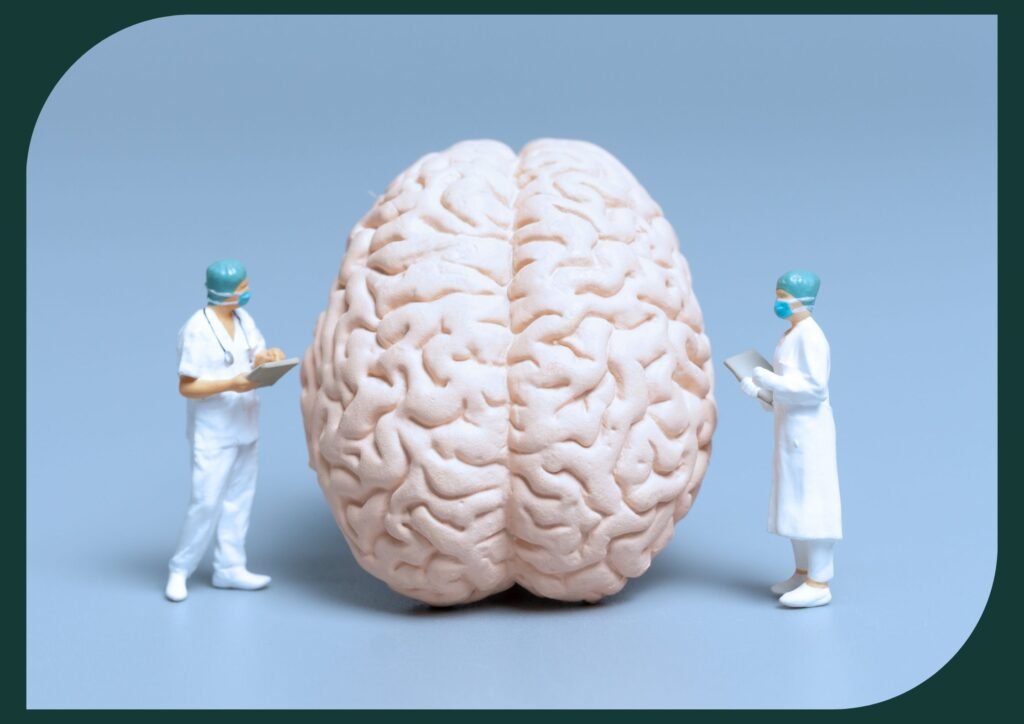
Hope Grounded in Science: What This Means for Families
For decades, Alzheimer’s diagnosis felt like a death sentence with no reprieve. Donanemab changes that narrative fundamentally. While it’s not a cure, it’s proof that this disease can be fought—and beaten back.
The approval of donanemab means:
- Families have reason for genuine hope
- Early diagnosis becomes even more valuable
- Research momentum continues building
- Future breakthroughs seem increasingly possible
Most importantly, it means the conversation has shifted from “What can we do?” to “Which treatments should we consider?”
Conclusion
The approval of donanemab represents a historic turning point in Alzheimer’s care, the first time we have concrete evidence that this devastating disease can be meaningfully slowed. While challenges around cost, access, and individual suitability remain, the fundamental game has changed.
Have you or your family been affected by Alzheimer’s disease? Does this breakthrough change how you think about diagnosis and treatment planning? We’d love to hear your thoughts and experiences in the comments below—your insights help other families navigate these important decisions.
Disclaimer
The content provided on MySeniors.World is for informational purposes only and is not intended as either financial or medical advice. Always consult a qualified professional before making any investment or health-related decisions.
Posts may contain affiliate links, meaning we earn a commission – at no additional cost to you, if you click through and make a purchase. Your support helps us continue providing valuable content.
FAQ: Alzheimer Breakthrough
- How is donanemab different from other Alzheimer’s medications?
- Unlike previous medications that only manage symptoms, donanemab actually slows disease progression by clearing amyloid plaques from the brain. It’s only the second drug to receive FDA traditional approval for changing Alzheimer’s course rather than just treating symptoms.
- Who is eligible for donanemab treatment?
- The treatment is approved for adults with early symptomatic Alzheimer’s disease, including mild cognitive impairment or mild dementia, who have confirmed elevated amyloid levels in their brain through specialized testing.
- How often do you need donanemab infusions?
- Donanemab requires monthly intravenous infusions administered at specialized medical facilities. The treatment also requires regular MRI monitoring to watch for potential side effects.
- What are the most serious risks of donanemab?
- The most significant risk is amyloid-related imaging abnormalities (ARIA), which can cause brain swelling or bleeding. This occurred in about 24% of clinical trial participants, though most cases were mild and resolved without permanent effects.
- How much does donanemab cost?
- Costs vary by location and insurance coverage. The treatment requires monthly infusions plus regular monitoring, making it a significant expense. Many patients work with insurance advocates to explore coverage options and financial assistance programs.
- How long does it take to see benefits from donanemab?
- Some participants in clinical trials noticed improvements within months, with maximum benefits typically observed around 12-18 months. The drug’s effects appeared to continue throughout the study period.
- Can donanemab cure Alzheimer’s disease?
- No, donanemab is not a cure. However, it significantly slows disease progression, potentially giving families months of additional quality time together while researchers continue developing new treatments.
- Do I need special testing before starting donanemab?
- Yes, you need specialized brain imaging (amyloid PET scan) to confirm the presence of amyloid plaques. The drug only works for people who have this specific brain pathology.
- What happens if I miss a donanemab infusion?
- It’s important to maintain the regular monthly schedule for optimal effectiveness. If you miss an appointment, contact your healthcare team immediately to reschedule as soon as possible.
- Are there lifestyle changes that can enhance donanemab’s effectiveness?
- While research is ongoing, maintaining heart-healthy habits, regular exercise, social engagement, quality sleep, and mentally stimulating activities may support overall brain health and complement medical treatment.
REFERENCES
- U.S. Food and Drug Administration. (July 2024). FDA approves Alzheimer’s disease drug donanemab. Retrieved from official FDA communications.
- Alzheimer’s Disease International. (July 2024). Donanemab update: new Alzheimer’s disease treatment approved by the FDA.
- Eli Lilly and Company. (2024). Results from Lilly’s Landmark Phase 3 Trial of Donanemab Presented at Alzheimer’s Association Conference and Published in JAMA.
- National Institute on Aging. (2023). NIA statement on donanemab results: More Alzheimer’s research progress.
- Klein, G., et al. (2024). How donanemab data address the coverage with evidence development questions. Alzheimer’s & Dementia, Wiley Online Library.
- JAMA Network. (2023). Donanemab in Early Symptomatic Alzheimer Disease: The TRAILBLAZER-ALZ 2 Randomized Clinical Trial.
- Alzheimer’s Association International Conference. (2023). Donanemab Phase 3 Data Reported at AAIC 2023.





